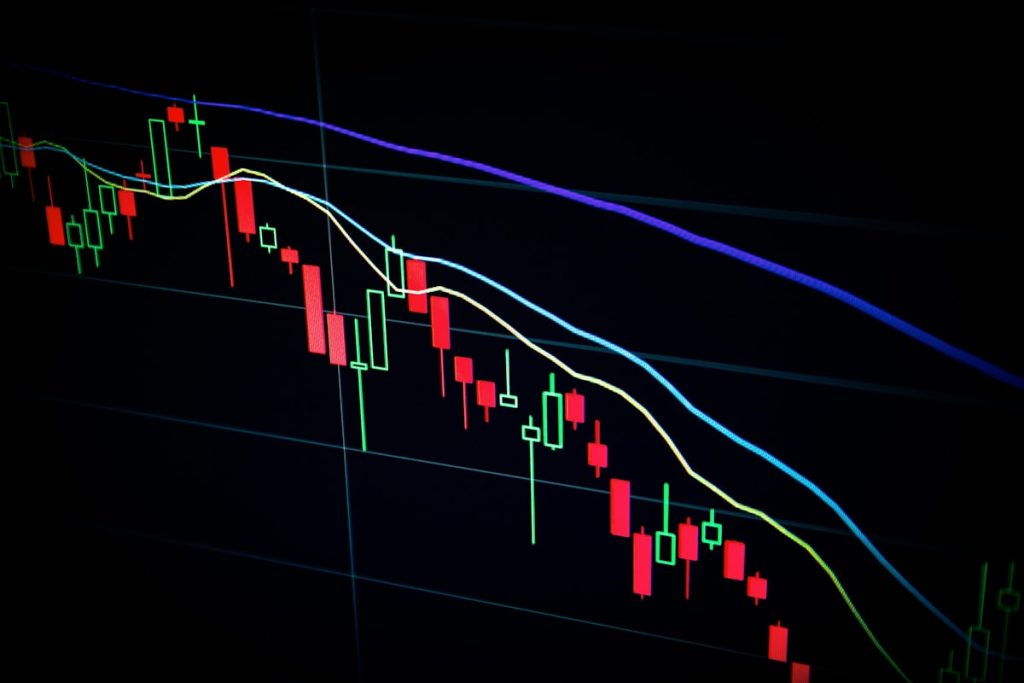Stocks Close Lower After Trump’s New Tariffs and a Weak Jobs Report
Wall Street ended the session in the red on Thursday, with the major indices slipping as investors digested President Donald Trump’s announcement of fresh tariffs on steel and aluminum imports and a disappointing jobs report that showed the labor market losing momentum.
The Dow Jones Industrial Average fell 210 points, or 1.2 %, while the S&P 500 dropped 1.4 % and the Nasdaq Composite slipped 1.6 %. The broad market decline reflected heightened uncertainty about the economic fallout from the new trade measures and the growing concern that the labor market may be cooling faster than expected.
New Tariffs Raise Trade Tensions
President Trump announced a 25 % tariff on imported steel and a 10 % tariff on aluminum, targeting countries that have not met his administration’s “fair‑play” standards. The move follows a series of escalations with China, the European Union and Canada over existing duties.
Analysts warned that the tariffs could raise input costs for manufacturers, automotive producers and construction firms that rely heavily on steel and aluminum. “We’re looking at a potential pass‑through of higher raw‑material costs to consumers, which could squeeze profit margins across a range of industrial sectors,” said Maria Alvarez, senior market strategist at Global Equity Partners.
- Industrial stocks: Shares of United States Steel, Nucor and Alcoa tumbled 4‑6 % as investors priced in higher production expenses.
- Automakers: General Motors and Ford slipped 2‑3 % after analysts flagged the possibility of reduced demand for higher‑priced vehicles.
- Consumer discretionary: Retailers with large capital‑goods inventories, such as Home Depot and Lowe’s, also fell, fearing a slowdown in construction activity.
Weak Jobs Report Adds to the Gloom
The Department of Labor released its monthly employment report, showing that non‑farm payrolls added only 150,000 jobs in June, well below the 200,000‑plus jobs economists had forecast. The unemployment rate ticked up to 5.0 %, its highest level since the Great Recession.
Wage growth slowed as well, with average hourly earnings rising just 0.1 % month‑over‑month, indicating that labor market slack is beginning to erode the bargaining power of workers.
“A weaker jobs report combined with the tariff shock creates a double‑hit to sentiment,” noted James Liu, chief economist at MarketPulse. “Investors are now questioning whether the Fed will need to keep rates low for longer, which could keep equity valuations under pressure.”
Sector‑Specific Reactions
While industrial and consumer‑discretionary stocks led the losses, defensive sectors held up better. Utilities and consumer staples posted modest gains, as investors rotated toward assets perceived as less sensitive to trade policy and economic cycles.
- Utilities: Companies like Duke Energy and NextEra Energy rose 1‑2 % on expectations of steady cash flows.
- Consumer staples: Procter & Gamble and Coca‑Cola each gained about 1 % as demand for essential goods remains resilient.
- Technology: The technology sector fell sharply, with Apple and Microsoft each down roughly 2 %, reflecting concerns over supply‑chain disruptions.
Outlook and Market Sentiment
Analysts expect continued volatility as the market tries to gauge the long‑term impact of the tariff regime and the trajectory of the labor market. Some forecasters argue that the tariffs could prompt retaliatory measures, further dampening global trade flows.
Meanwhile, the Federal Reserve’s policy stance remains a key variable. If the jobs data signals a more prolonged slowdown, the central bank may feel compelled to maintain an accommodative stance, potentially supporting equity valuations in the longer run.
For now, investors appear to be exercising caution, with many shifting toward quality, dividend‑paying stocks and keeping a close eye on upcoming economic releases, including the next Consumer Price Index report and the International Monetary Fund’s global growth outlook.
In summary, the combination of new tariffs and a weaker jobs report has nudged the market into a defensive posture, highlighting the delicate balance between trade policy, labor market health, and investor confidence.



